
The temples and towers of My Son relic site are facing the invasion of moss and mold on the surface of the tower walls. Photo: VINH LOC

According to statistics, Quang Nam has over 100 ruins and relics of Cham temples and towers, most of which are made of bricks and stones. Besides the artifacts and relics that are well preserved or kept in museums, many architectural artifacts, decorations, and steles... are exposed to the sun and rain without any management or protection measures, facing the risk of damage, deformation, and fading of characters, especially the inscriptions on natural stone.
According to Dr. Ha Thi Suong - Quang Nam Museum, through surveys, the number of Cham inscriptions discovered in the province is relatively large. In addition to steles at relics, there are also characters engraved on natural stone or on architectural structures of temples, towers, ruins (Chiem Son, Trien Tranh, My Son, Huong Que, Dong Duong, An Thai...), most of which are old. Many inscriptions have been eroded, so it is necessary to apply proper preservation and maintenance techniques to maintain the longevity of the inscriptions.
“The ancient Cham people did not have a tradition of writing history according to chronology, so all cultural, political , military, and religious activities were engraved on stone steles. This is a valuable source of historical documents that helps future generations learn about issues related to the life and society of the Champa dynasties,” said Dr. Ha Thi Suong.


Many artifacts, stone steles, and sandstone sculptures are facing the risk of damage, mold, and eroded letters. Photo: VINH LOC
According to MSc. Le Van Cuong - My Son Cultural Heritage Management Board, the temple complex always faces risks related to weather, climate, natural disasters, environment, fire and human negligence. In particular, the impacts from the natural environment are direct and long-term, causing strong fluctuations for the relic.
At the base of the C1, B5, D3 My Son towers... the habitat of bats not only affects the quality of ancient bricks but their waste also contributes to the erosion and degradation of construction materials. Or snakes, geckos... in the breeding season also choose the towers as nests. Rodents such as rats, cockroaches... also participate in destroying materials, including unique and valuable architectural patterns...
MSc. Nguyen Thi Le Quyen - Institute of Construction Materials, applied analysis, usually architectural works are often affected by 3 main factors including: nature, human and technical - environment. With Cham towers, the most common phenomenon is the tower surface being corroded by chemical reactions, posing a potential risk of collapse.


According to Dr. Pham Van Trieu, Institute of Archaeology - Vietnam Academy of Social Sciences , many Champa architectural works use brick materials in construction, rarely using stone (like My Son B1 tower), instead stone is mainly used for decoration (door frames, tower pillars, tower tops...). Therefore, the protection and preservation of these two types of materials requires appropriate solutions.
In fact, the preservation of relics, bricks and stones in warehouses is relatively convenient, but the process of displaying architectural materials of relics outdoors, especially archaeological relics, is more complicated. Therefore, it is necessary to build a solid roof to limit changes in humidity and adverse weather conditions that directly affect the relics. In addition, it is also necessary to have a plan to research and handle chemicals, invest in equipment, materials, etc. to avoid the deterioration of relics.
MSc. Le Viet Cuong shared that the current concern of My Son relic is the preservation of the tower wall surface. Many years ago, some experiments on preserving the tower wall using boiled otter oil, thinly applied, were carried out on the original brick surface of tower D2. Through observation and monitoring in the first 2 years, the moss and mold phenomenon decreased significantly. However, after that, the fungus, mold, and lichen returned to normal.
In 2015, when the E7 tower was restored, they also tested the preservation of the newly restored brick surface on the roof of the tower with a thin layer of otter oil. Up to now, the otter oil protective layer has faded and is no longer effective. My Son has also cooperated with VinIT Institute of Technology and Russian experts to research and take brick samples in areas B, C, D to conduct experiments to protect the brick surface.

Preserving materials at excavation sites is in need of suitable solutions. Photo: VINH LOC
In 2018, the H Tower Group Restoration Project sponsored by the Government of India also tested the application of otter oil on a newly restored wall at the north corner of H1 Tower. In the first 2 years, the wall was bright and different, but in the following years, when the otter oil layer faded, there was no difference between the preserved wall and the symmetrical wall.
Previously, in 2017, the Institute for Monuments Conservation coordinated with the My Son Cultural Heritage Management Board to test the use of surface preservatives for the F1 tower (indoor enclosure) and the F2 tower outdoors. Initially, the basic preservative helped harden the brick surface and greatly limit the invasion of moss, mold, and lichen. However, the color after preservation was relatively new, not close to the natural color of ancient bricks.
Most recently, in April 2022, the My Son Cultural Heritage Management Board cooperated with the Institute for Monuments Conservation to test the treatment of mold, lichen, moss, and algae on the surface of brick and stone materials in the restored and reinforced wall sections (different stages) of towers B4 and E7. Then, a thin layer of chemicals was sprayed on the surface of the tower wall and the stone door pillar. As a result, in the first 6 months, the original wall section B4 (dating from the 9th century) was very beautiful, moss, lichen and mold were gone, the color was basically restored to the same color as the other original wall sections, but then moss and mold re-emerged, and the color gradually faded. For the stone door pillar B4, since the mold treatment, there has been no return of moss, mold, or lichen, the surface is solid, and the color of the artifact has not changed or deformed. The preservation treatment on stone materials is considered successful.
Similarly, at tower E7, the unit chose the wall section restored in 1990 with Cham bricks and in 2013 with restored bricks. Through mold treatment, the surface of the tower wall is now considered solid, but there is still a phenomenon of moss invading the brick surface with high cross-section and humidity.

In recent times, many solutions for preserving the surface of architectural works and brick and stone artifacts such as applying Steam Cleaning technology to clean with steam (based on the principle of combining the power of high temperature, high pressure from hot steam and not using chemicals or detergents) bring a clean and safe approach to the surface of construction materials. In addition, it is also possible to use hydrophobic coatings to create self-cleaning, anti-fouling surfaces...

Applying new technology to the preservation of Cham artifacts is very necessary today. Photo: VINH LOC
In a recent workshop on the application of chemical technology in the preservation of relic materials, MSc. Nguyen Thi Le Quyen said that since the 90s, scientists around the world have begun to research hydrophobic coatings. Since then, many technologies have been developed such as plasma technology, chemical vapor deposition and synthesis of hydrophobic materials based on nanoparticles. This method helps protect the construction from the effects of weather, prolongs its life and maintains its originality.
With its transparent properties and not changing the surface of the original material, the hydrophobic coating allows the construction to be protected while still maintaining its original beauty and aesthetic value. This is considered an advantage of this technology, and at the same time, it is consistent with the principles of modern conservation, emphasizing the preservation of the authenticity of cultural heritage.
Many studies have shown that to preserve against corrosion, comprehensive measures are needed, from scientific cleaning to the production of effective hydrophobic or moss-removing chemicals, including research on moss-inhibiting chemicals to be incorporated into bricks and other materials.
“Normally, to preserve against mold, the treatment process must go through a complete 4-step process including cleaning the surface mold; removing the roots and mold spores under the surface; adding mold inhibitors to the surface structure; and making the surface hydrophobic. However, only 3 steps have been performed so far, adding inhibitors to the material structure is almost impossible because suitable chemicals have not been found yet,” said MSc. Nguyen Thi Le Quyen.

Synchronizing many solutions will help preserve and maintain relics and artifacts for a long time. Photo: VINH LOC
According to MSc. Vu Thi My - Institute of Monuments Conservation, recently, the unit has researched and successfully synthesized the HC1-14 product to help reduce water tension, allowing water to penetrate mold, lichen, moss and algae and reduce their contact angle with the sandstone surface, then using mechanical impact to separate mold, lichen, moss and algae from the sandstone surface.
Laboratory research and small-scale testing results show that after 4 uses of HC1-14 at a concentration of 25%, the sandstone is completely “clean” and 100% of harmful mold, lichen, and algae on the sandstone surface have been removed. Notably, the stone is not corroded and does not affect the surface structure of the artifact.
Dr. Ha Thi Suong - Quang Nam Museum affirmed that in order to preserve brick and sandstone artifacts, especially stone carvings and relics, in addition to cleaning the surface, killing roots in the surface layer, and soaking moss-killing chemicals in the materials, the application of new technology in preservation is very important.

According to Architect Dang Khanh Ngoc - Director of the Institute for Monument Conservation (Ministry of Culture, Sports and Tourism), to proactively protect and maintain artifacts and architecture in the long term, there must be proactive solutions to prevent external impacts such as treating rainwater, removing stagnant rainwater in the body and top of the tower; preventing rainwater from seeping into the foundation; draining roofless tower ruins; protecting the brick surface after restoration...
In addition, the production and use of restored bricks also require raw material treatment such as washing and removing dissolved salts in raw clay; increasing the porosity of the brick structure; increasing the brick firing temperature; heating the surface; spraying or brushing hydrophobic chemicals on the surface; using hydrophobic surface treatment chemicals to prevent physical or chemical corrosion reactions.

Source: https://baoquangnam.vn/giai-phap-bao-ve-gia-tri-nguyen-goc-cua-di-tich-cham-3151340.html








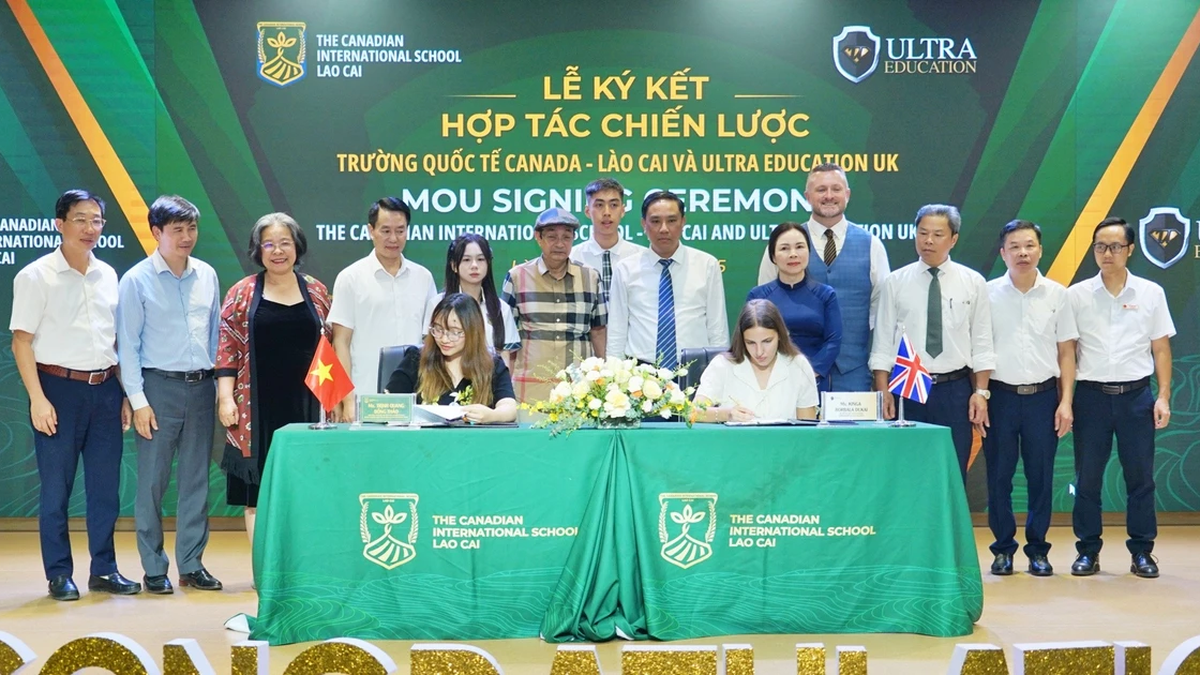

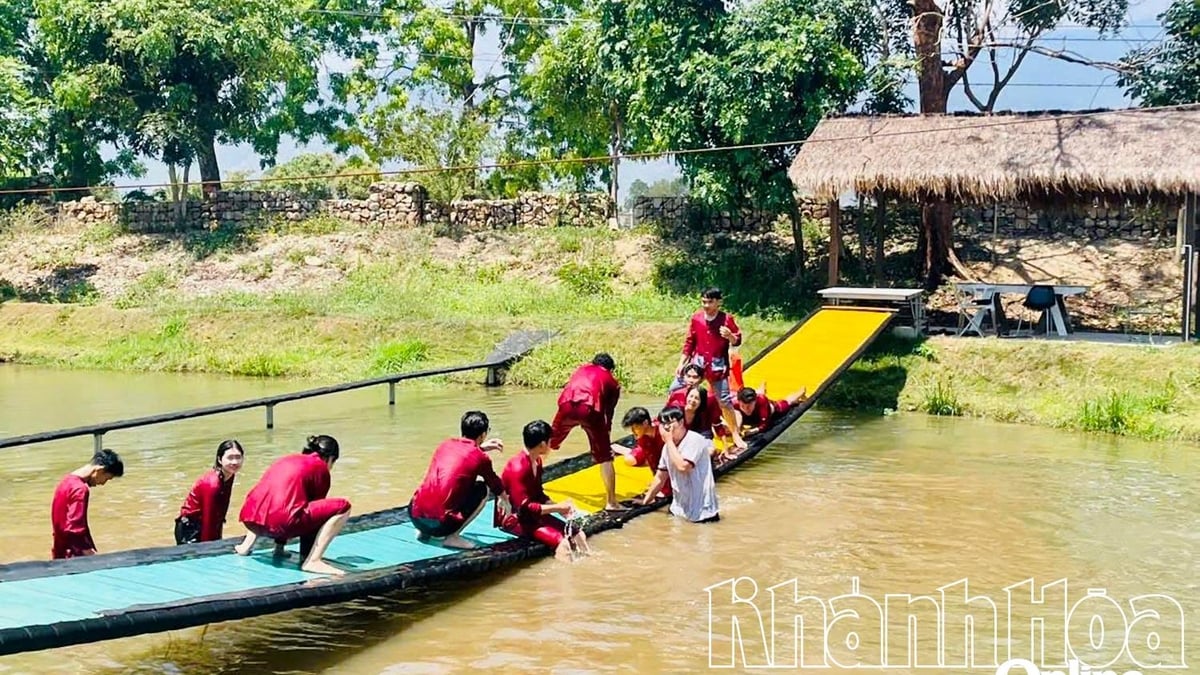
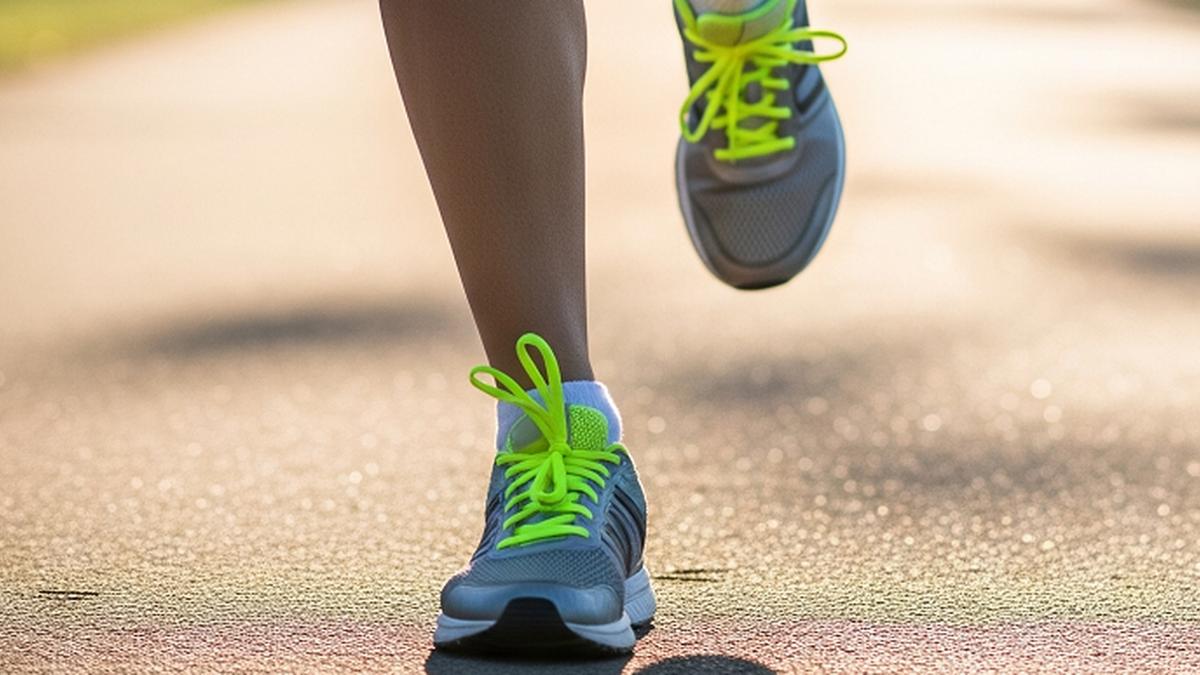











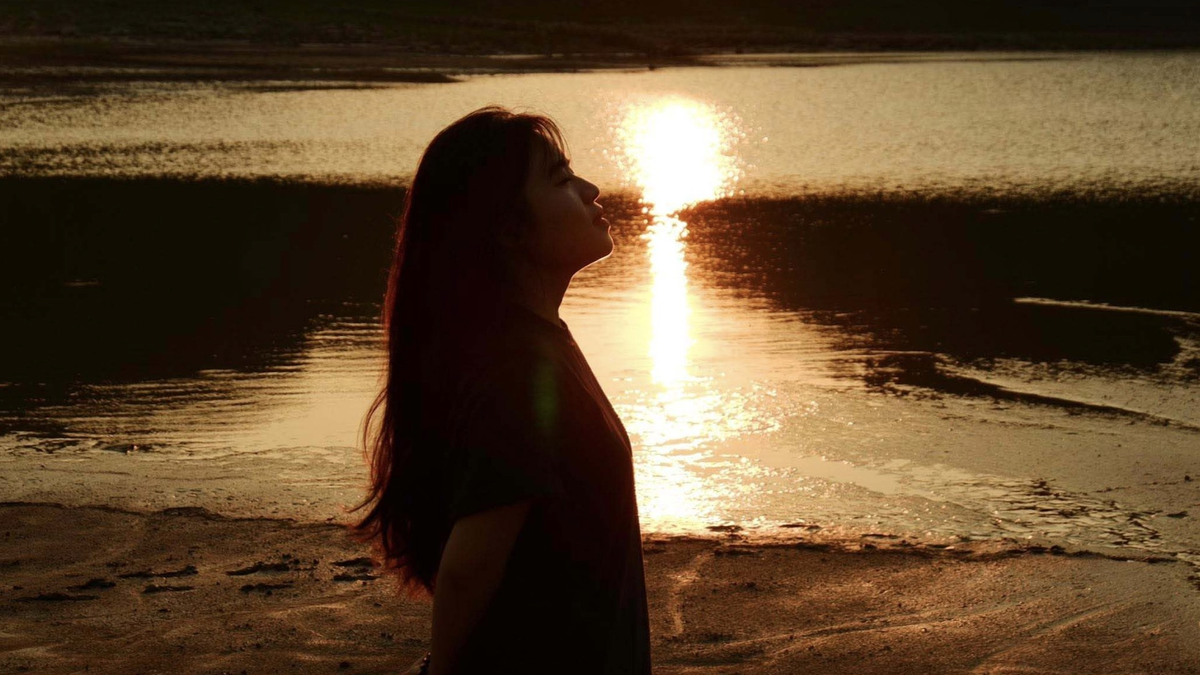






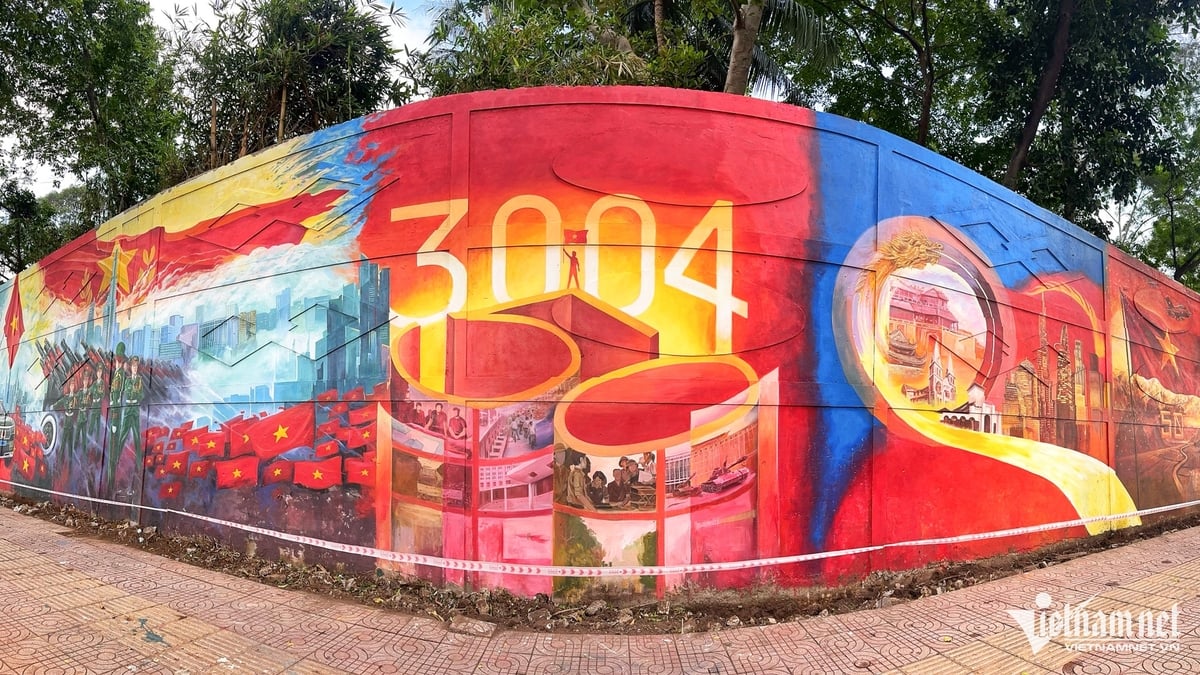
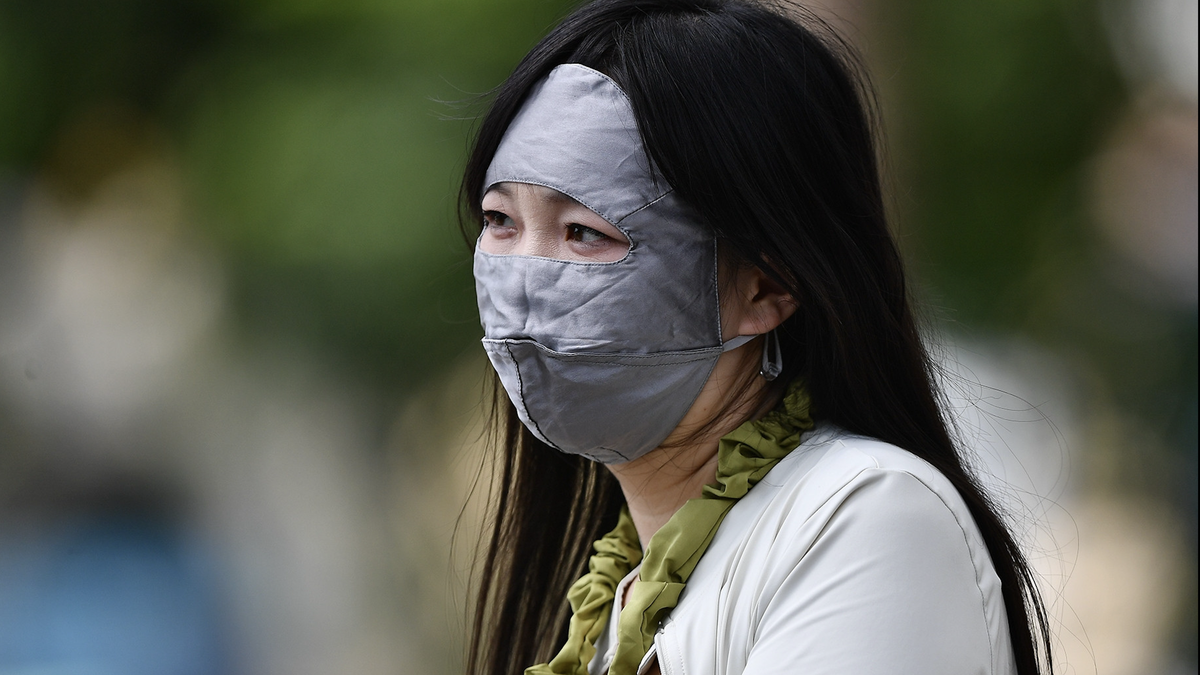






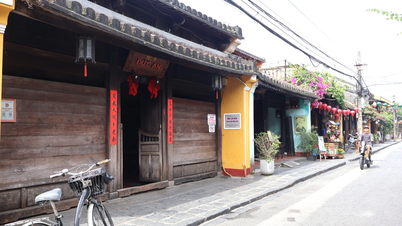

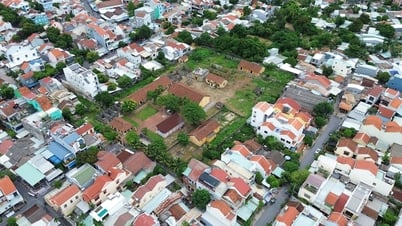

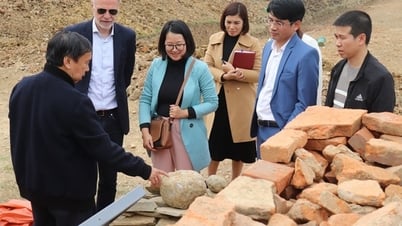





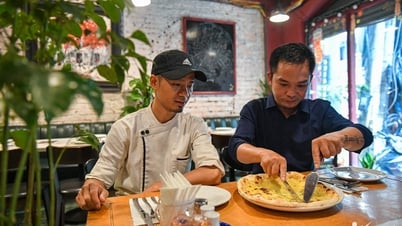






![[Maritime News] Two Evergreen ships in a row: More than 50 containers fell into the sea](https://vphoto.vietnam.vn/thumb/402x226/vietnam/resource/IMAGE/2025/8/4/7c4aab5ced9d4b0e893092ffc2be8327)





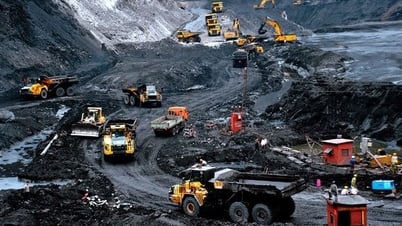


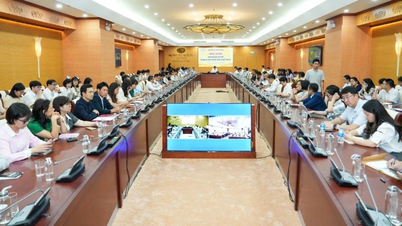

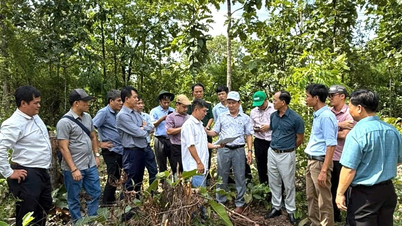

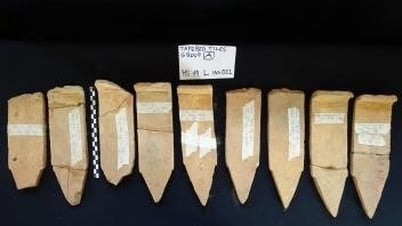




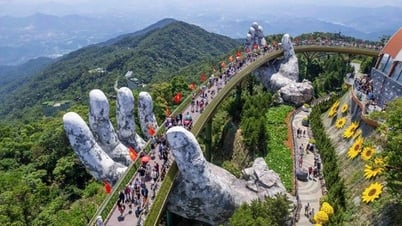


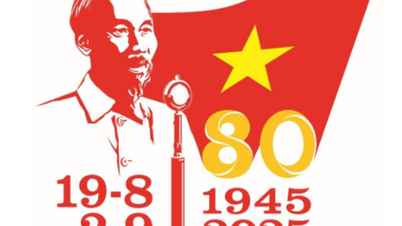

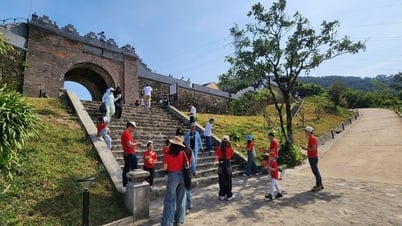

















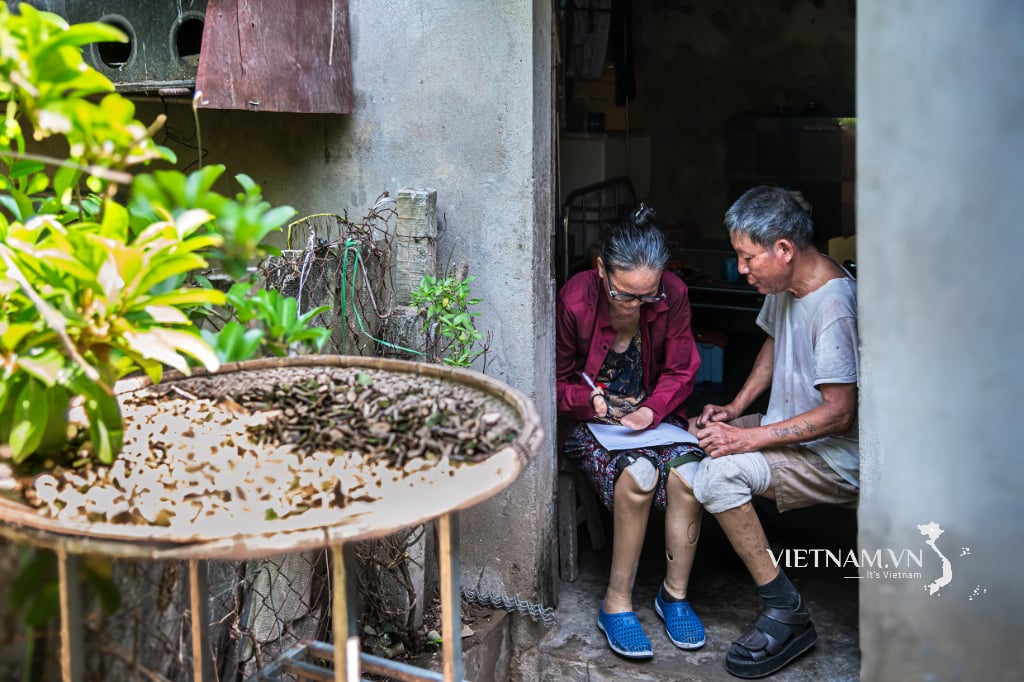
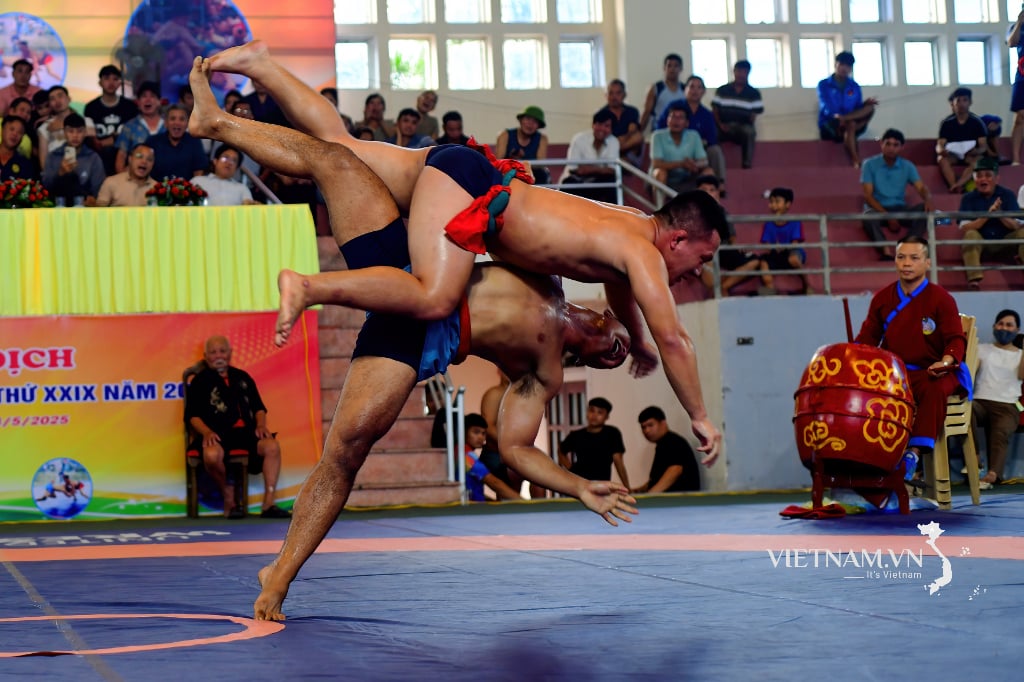
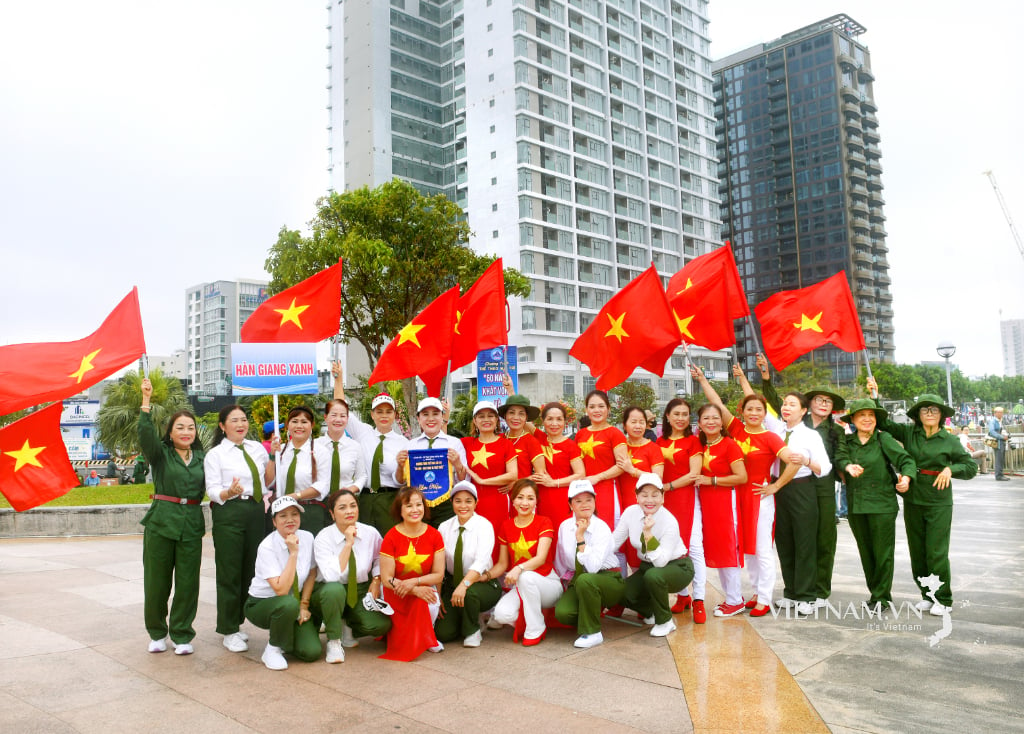
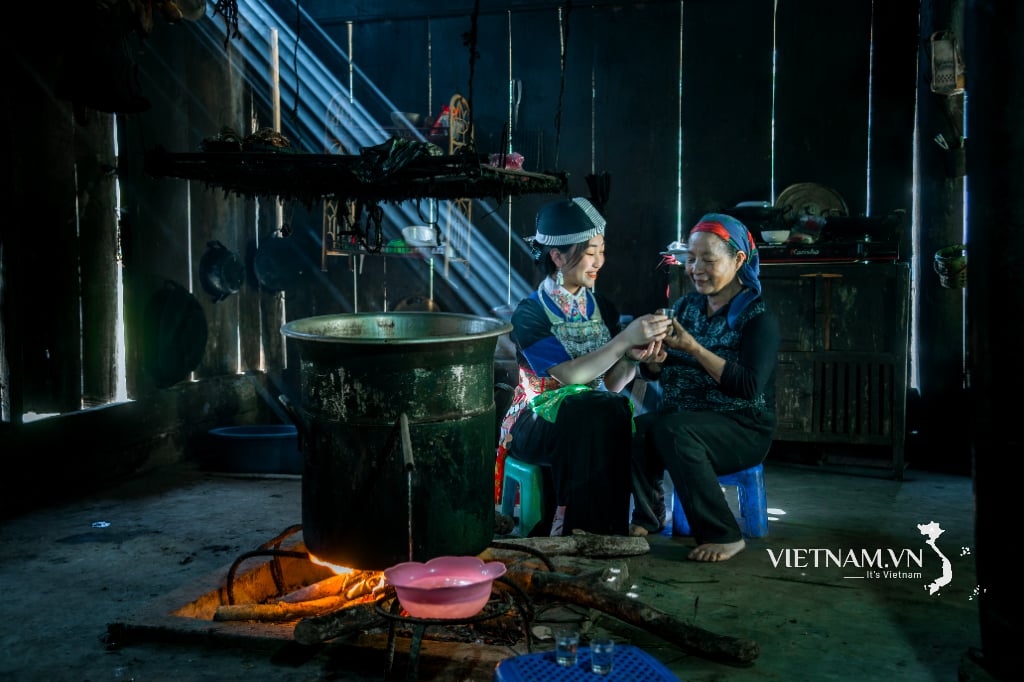
Comment (0)